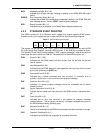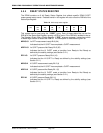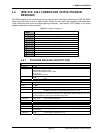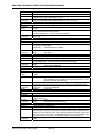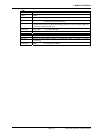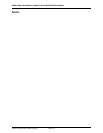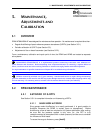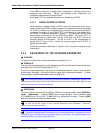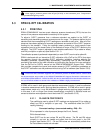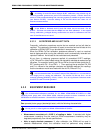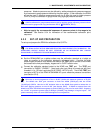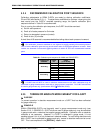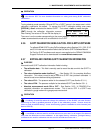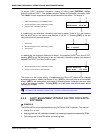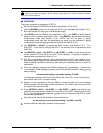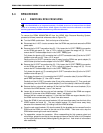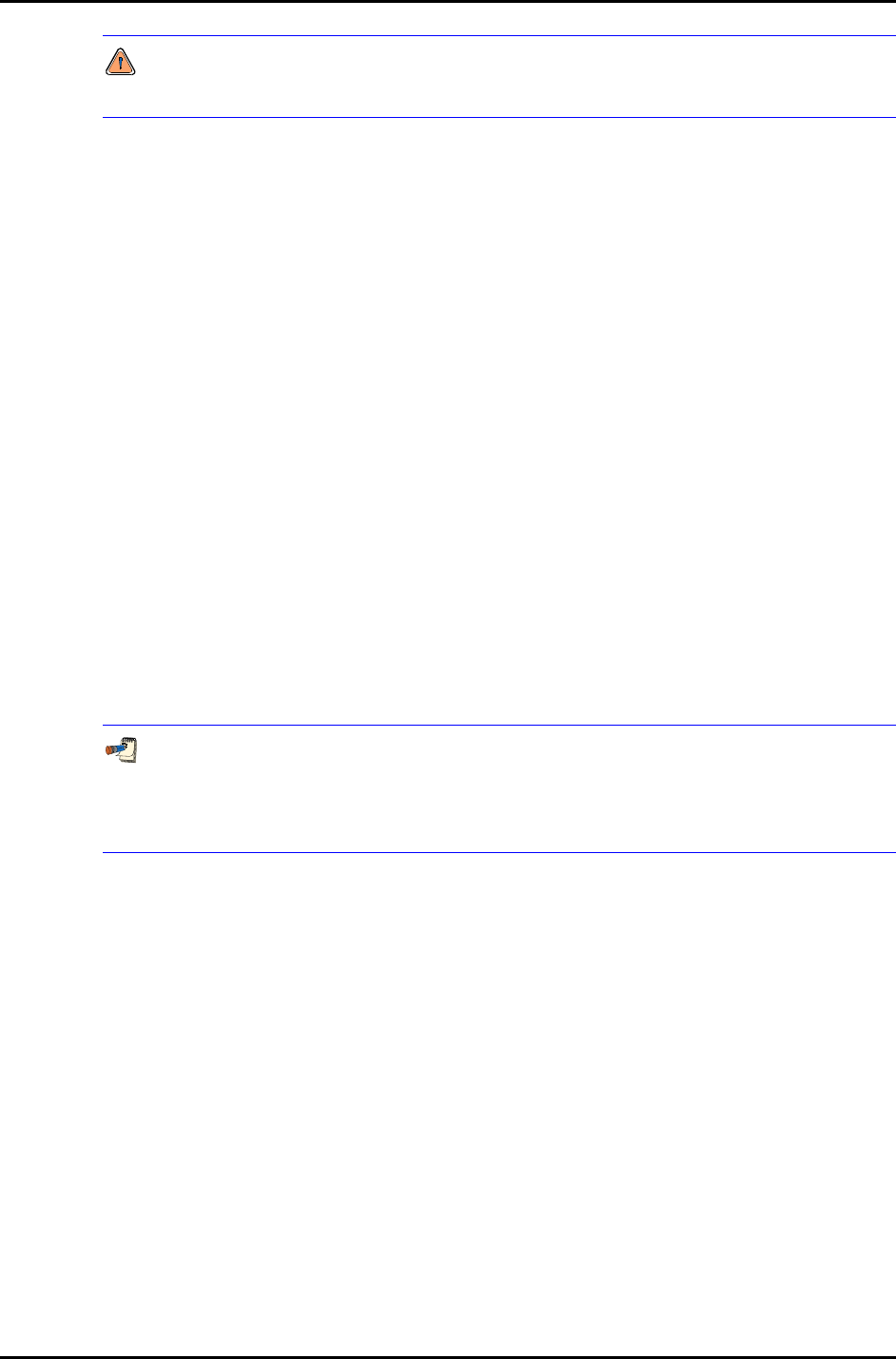
5. MAINTENANCE, ADJUSTMENTS AND CALIBRATIONS
Page 107 © 2007 DH Instruments, a Fluke Company
Never apply a pressure greater than 16 psi (110 kPa) to the barometer port. Overpressure
and possible damage may result.
5.3 RPM4 Q-RPT CALIBRATION
5.3.1 PRINCIPLE
RPM4 A70M/A20M-AF has two quartz reference pressure transducers (RPTs) that are the
source of low pressure measurement uncertainty for the system.
To adjust a Q-RPT, pressures from a reference standard are applied to the Q-RPT at
ascending and descending pressure increments over the range. The pressure defined by the
standard and the corresponding Q-RPT readings are recorded at each point. After all of the
pressures have been applied and recorded, adjustments are made to fit the Q-RPT pressure
readings to the standard. Fitting the readings means performing a least squares linear
regression to arrive at the lowest value of the residuals of errors of the Q-RPT relative to the
standard. The Q-RPT output is adjusted by user settable coefficients: PA (an adder or offset)
and PM (a multiplier or span set) (see Section 5.3.1.1).
The calibration process is performed independently on each Q-RPT to arrive at its optimal fit.
RPM4 is delivered with an interactive Q-RPT calibration utility (CalTool for RPTs) that steps
the operator through the complete Q-RPT calibration procedure including applying the
necessary pressures, collecting data automatically, calculating new PA and PM values,
previewing the results of the new calibration and activating the results of the new calibration
(see the CalTool for Q-RPTs manual on the RPM4 A70M/A20M-AF Support Disk). RPM4
also provides complete front panel and remote access to Q-RPT calibration parameters so
that Q-RPT calibrations can be performed without using CalTool software (see Section 5.3.8).
CalTool for RPTs software supports the calibration process of RPM4 Q-RPTs. CalTool and
its documentation are provided on the RPM4 A70M/A20M-AF Support Disk which is delivered with
a new RPM4 A70M/A20M-AF. CalTool for RPTs can also be downloaded from www.dhinstruments.com.
The use of CalTool software to assist in the calibration of RPM4 is highly recommended.
If RPM4 will be used in both gauge and absolute measurement modes, it must be calibrated
in absolute measurement mode, applying absolute pressures. If RPM4 will be used in gauge
measurement mode only, it may be calibrated in gauge mode by applying gauge pressures.
In this case, it will no longer have known measurement uncertainty in absolute mode and
access to absolute mode operation should be turned OFF (see Section 5.3.5).
5.3.1.1 PA AND PM COEFFICIENTS
The coefficients used to adjust Q-RPT readings are designated PA (an adder or
offset) and PM (a multiplier or span set). The coefficients affect the Q-RPT
reading following:
Corrected reading = (uncorrected reading • PM) + PA
PA is expressed in units of pressure (always the SI unit, Pascal).
PM is dimensionless.
Each Q-RPT has its own unique PA and PM values. The PA and PM values
currently in use can be viewed and edited from the front panel in the CAL
function (see Section 5.3.7). PA and PM values are automatically edited when
CalTool software results are activated.



